Welcome to your July E-Newsletter!
In this month's newsletter we celebrate the anniversaries of the Humber Bridge and Skidby Mill, focus on some of the fabulous wildlife the Country Park has to offer, travel back in time to find out what a Boy Scout Troop were up to in Little Switzerland in 1912, and learn more about a potentially great opportunity for the Yorkshire Wolds and the Country Park.
The Humber Bridge turns 40!
 The iconic Humber Bridge in its 40th year.
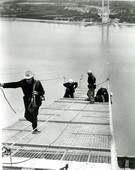 |
|
Last month saw the 40th anniversary of the opening of the Humber Bridge. When it opened to traffic on 24 June 1981, the bridge was the longest of its type in the world. It was not surpassed until 1998, with the completion of Japan's Akashi Kaikyo Bridge. This marvel of modern engineering is still the second-longest span in the Western Hemisphere. Before the bridge was built, commuters crossed the Humber on the Humber Ferry from Corporation Pier at Hull and New Holland Pier at New Holland, Lincolnshire or by road via the motorway, crossing the River Ouse near Goole. |

Pictured to the right, PS Lincoln Castle was one of the paddle steamers, which ferried passengers across the Estuary from the 1941 until 1978.When the Bridge rendered the Lincoln Castle obsolete, the vessel found a new home on Hessle Foreshore and was converted into a pub.
The Humber Bridge in Numbers:
4 - The number of metres the centre of the bridge can swing during strong winds. The road deck is designed as an upside-down aircraft wing, to help keep the deck stable when the wind is high.
6 - The number of times the wire of the bridge could go around the moon.
36 - The number of millimetres the towers are apart at the top compared to the bottom. This is to allow for the curvature of the Earth.
155 - The height of each tower in metres. The same height as 3 Nelson’s columns, just 3m shorter than the Blackpool Tower or the height of 28 giraffes.
2002 - The year the 100 millionth vehicle crossed the bridge.
480,000 - The tonnage of concrete that went into building the bridge. This is around the same weight as 87,000 African bull elephants or 2,696 jumbo jets.
|
Beautiful Butterflies
By Bev Hylton, Countryside Access Officer

July is a great time for watching butterflies in the country park, and some of the easier to spot species are flying now. There are 23 species of butterflies recorded on the nature reserve and you can see them in the meadows, on the verges and along the woodland edges. This year we are carrying out a butterfly survey every week and walking 7 pre-defined routes or transects, recording the species and abundance of butterflies we spot. A highlight this week was watching several newly emerged Small Tortoiseshells, spiralling and twisting together as they flew above a couple of nettle patches. The count of 9 made up for just the 1 Speckled Wood which was racing past us on a path.
|
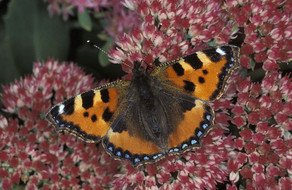
We are also contributing a national butterfly count in July – Butterfly Conservation’s Big Butterfly Count. For this survey you just spend just 15 minutes in the sunshine and log your sightings. The volunteers of the Friends of the HBCP are doing just that on Saturday 24th July, meeting at 11.30am next to the mill. We’ll have a walk round the park, and see what’s flying. Butterfly Conservation collect all the results to build up a picture of the state of butterflies across the country, in gardens, parks, nature reserves or any greenspace. Unfortunately butterflies are disappearing at an alarming rate, but by finding out how thigs are we can work towards reviving these wonderful creatures.
Please join us on Saturday 24th July for the butterfly walk and Big Butterfly Count. No experience is needed, just a love of wildlife. Or do the count in your own garden from 16th July – 8th August. More details from bev.hylton@eastriding.gov.uk or fohbcp_secretary@yahoo.co.uk
www.bigbutterflycount.org
|
Project Volunteers Needed!
Volunteers needed for the Country Park's and East Riding Museums heritage project!
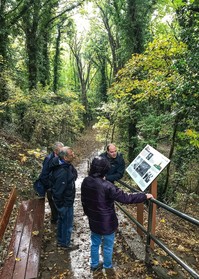
Would you like to volunteer on our Quarry to Country Park heritage project? We are currently recruiting volunteers to join our team. In the last two and half years the project has seen the opening of Hessle Whiting mill as part of the new Chalk Walk heritage trail. None of this could have happened without our fantastic project volunteers. Now that we are up and running we need more volunteers to:
- Steward the mill on our open days (Tuesdays and Fridays).
- Conduct oral history interviews to help create an archive of memories of Little Switzerland and the Mill.
- Support our learning events and school visits
If you are interested or would like more information, just email our Heritage Project Officer Alex at alex.omber@eastriding.gov.uk.
|
Country Park Nature Trails
Next time you visit the Country Park why not try one of our three nature trails? They're great if you fancy trying something new, or wish to find something for the children to explore! There are three trails within the Country Park each following a path around the three main natural habitats of the reserve: ponds, cliffs and meadows.
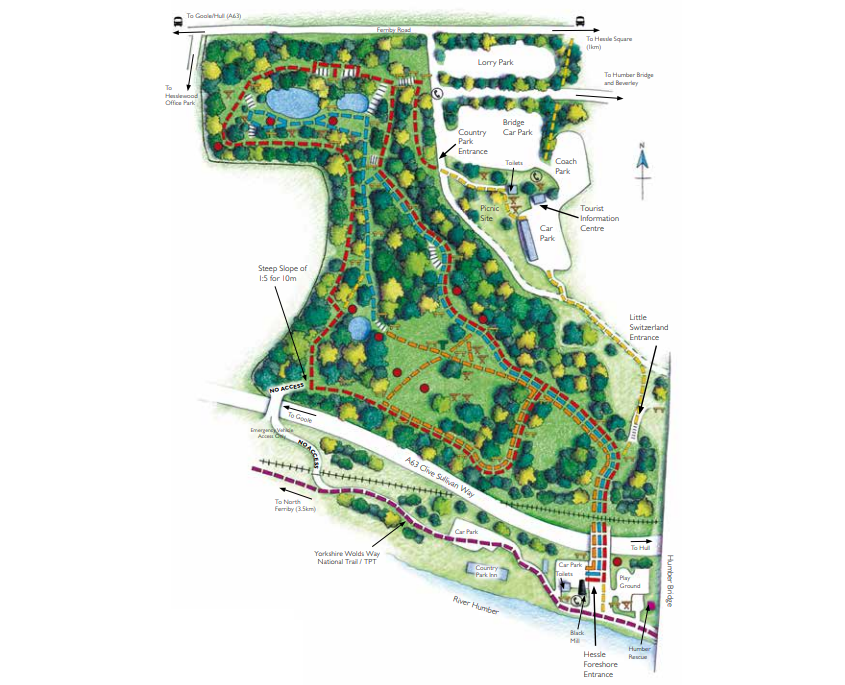

Cliff Trail (Orange Route): The shortest trail (Length 1.25 km) on the reserve leads through the meadows on surfaced footpaths. Here you can see many of butterflies found on the reserve, such as the meadow brown, gatekeeper, comma or small copper. Even if it is a cloudy day you may see a ringlet as it flies amongst the flowers. The long grass is also home to wood mice and bank voles that provide a tasty morsel for predators like kestrels, owls and weasels.The living willow viewing tunnel is a great place to have a rest on your journey and watch the finches, tits, thrushes and robins visiting the bird tables and feeders.
|
Pond Trail (Blue Route): The pond trail is a distance of 2.5km. It guarantees no steps, stiles or steep gradients, and with rest areas every 100 metres it is hoped everyone can enjoy a stroll around the reserve. The trail leads through the woods to the main ponds. The smaller pond dries up in summer, which makes it a good home for amphibians, as their offspring do not encounter attacks from predatory fish. You may like to follow the trail to the third pond on the reserve that is typically surrounded by willow trees. It is a great place to watch bathing birds and bats feeding in the evening. Retrace your steps away from the steps to rejoin the main pond trail to return to the Foreshore. |
|
 |
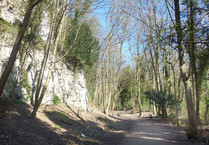
Cliff Trail (Red Route): This longer 3km trail explores the tree covered chalk cliff terraces of the reserve, once said to resemble miniature snow covered Alps, and which gives the area its local name of Little Switzerland. Leaving the meadows and ponds behind you, the path climbs along an old quarry terrace. You can take a detour up the 103 steps to the High View Point for a fine view across the River Humber to the Lincolnshire Wolds. The trail passes through woods of ash trees that love to grow on these chalky soils. They can also survive on the cliff walls and ledges by clinging on with their creeping roots over the chalk rock. There really are some staggering trees hanging onto the rocks above you!
|
From the Newspapers
By Sally George, Quarry to Country Park Volunteer

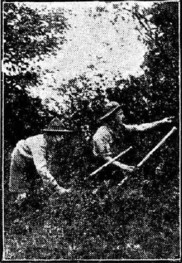
WEEKLY BOY SCOUT AND PARADE COLUMN BY "THE TRACKER" TRIP TO "LITTLE SWITZERLAND", Hull Daily Mail 5th September 1912.
Last Saturday afternoon the First Kingston Troop went to "Little Switzerland". Assistant Scoutmaster J. Tadman was in charge. Upon arrival the Troop were photographed. The Assistant Scoutmaster and Scout Peacock set off to lay the trail for tracking by sound. After a vast stretch of country had been covered their capture resulted. The bushes and trees afforded splendid cover and both the Scoutmaster and the Scouts enjoyed the chase. So keen and close were the Scouts on the scent that once, the Scouts were within a few yards, but the cover proved too much for their capture. Signalling by Patrol Leader Lamb and Scout Peacock complete the afternoon's programme. Like Oliver Twist, the Scouts asked for more.
|
Skidby Mill Bicentenary
 Skidby Mill is currently undergoing restoration work and we eagerly anticpate the return of the mill's iconic four sails.
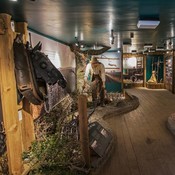
About seven miles to the north of Hessle Whiting Mill and the Humber Bridge Country Park lies the iconic Skidby Mill. Like Hessle Mill, the mill at Skidby is operated by East Riding Museums. This year marks the bicentenary of Skidby Mill's construction. To mark this wonderful occasion a new exhibition about the bicentenary of Skidby Mill has been created by the Mill's team of volunteers. In it you can look back at some of the local people who have owned or worked in the building over the past two hundred years.
|

You can also explore some of the other historical events that took place in 1821 when the mill, pictured left in 1950 (East Riding Archive Ref: DDX272/11), was first constructed. It was a time of great inventions, technical progress and larger than life characters. Windmills had existed in the landscape for centuries, being an essential feature of village life, but industrialisation would see most windmills closing down a century after Skidby was built. The few that remain today are a key part of our heritage.
For more information about opening days/times, please visit the Skidby Mill section of the East Riding Museums website here.
|
Over 1000 Visitors at the Mill! Have you Visited Yet?
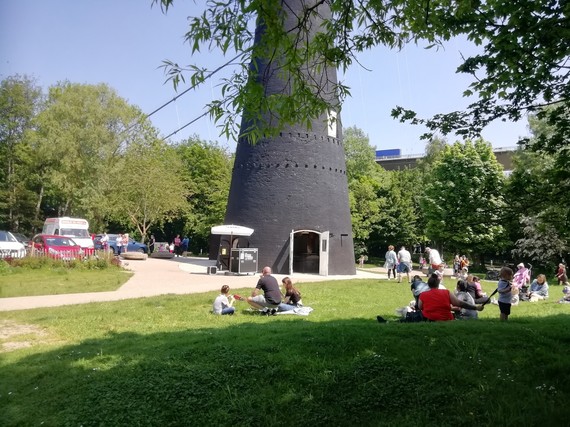 Visitors to Hessle Whiting Mill enjoying the sunshine in June.

Since opening its doors in May, Hessle Whiting Mill has welcomed over 1000 visitors from far and wide! All Covid-19 restrictions have been adhered to, to ensure the safety of our visitors. If you have visited the mill we'd be hugely grateful if you could take the time to leave some feedback on our Trip Advisor page here. If you haven't visited the mill yet, remember we are open between 10am and 4pm (closed 12-1pm) every Tuesday and Friday.
More information for visitors is available on our website: Quarrytocountrypark.co.uk
|
The Yorkshire Wolds: An Area of Outstanding Natural Beauty
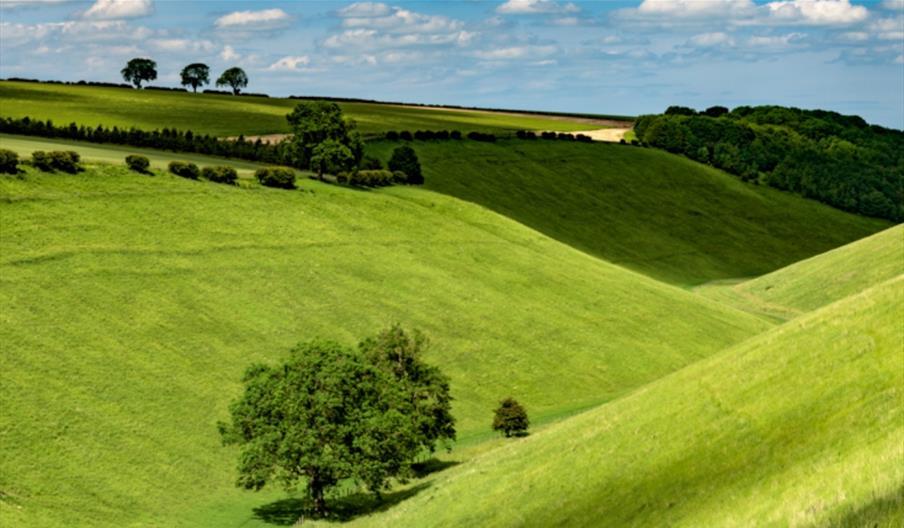 The Yorskhire Wolds.
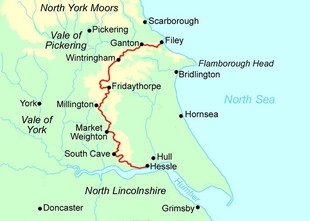
The Yorkshire Wolds is a broad crescent of rolling chalk hills and valleys, south of the North York Moors, arcing from the coast at Flamborough westwards towards Malton and then south to the Humber Bridge Country Park. A much loved and popular place of recreation in our region, the Wolds is to be considered for status as an Area of Outstanding Natural Beauty by Natural England. The AONB status is defined as:
"a designated exceptional landscape whose distinctive character and natural beauty are precious enough to be safeguarded in the national interest."
England, Wales and Northern Ireland has 46 Areas of Outstanding Natural Beauty, covering 18% of the countryside, over a fifth of the English coast, and including 12,000 miles of footpaths and bridleways.
The National Association of AONB, which oversees the management of these areas, is a charity with three objects:
Remember, this time of year is an excellent time to walk the Wolds Way. You can find out more information here.
|
|